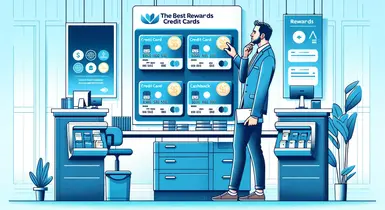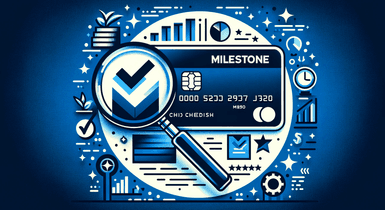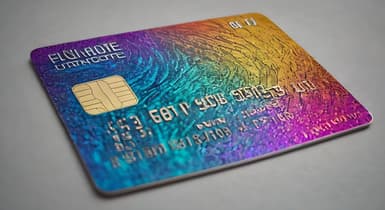Venmo Debit Card Review: Is It Worth It?
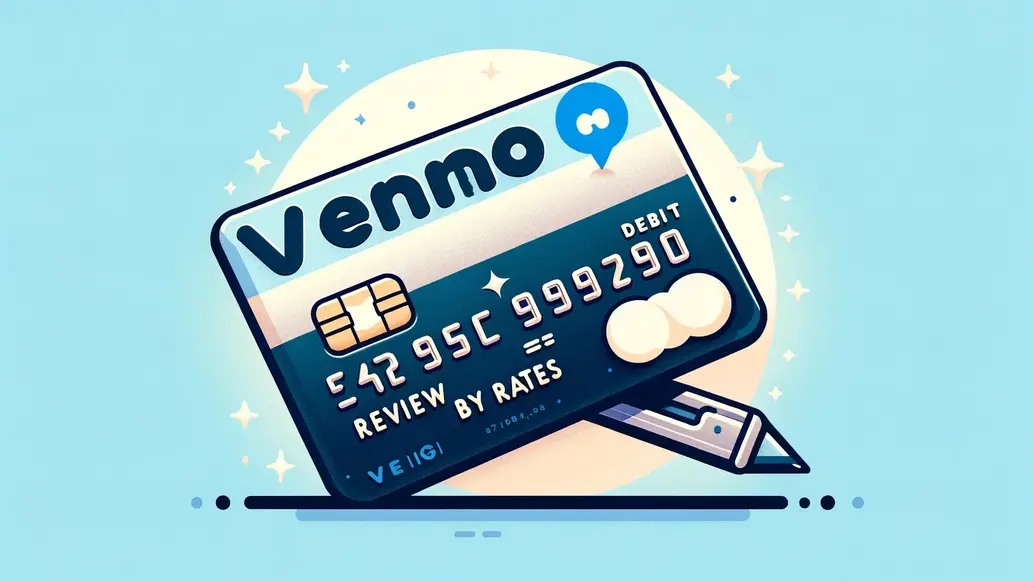
The digital payment industry in the United States is booming, with more consumers drawn to the convenience of these services. According to Statista, digital transactions reached a whopping $3.6 trillion in 2023, and that number is expected to leap to over $4.6 trillion by 2028. Venmo, one of the most popular mobile payment apps, is right at the center of this trend. It’s not just for splitting dinner bills anymore.
So, if you’ve been wondering, “Does Venmo have a debit card?” the answer is a solid yes. With a Venmo Card, you can shop online, swipe in stores, and pull cash from over 37,000 ATMs without worrying about fees. But is this card all it’s cracked up to be? So, let’s dig into how to get a Venmo Debit Card and decide whether it’s worth getting.
What Is a Venmo Card?
The Venmo Card is a convenient financial tool designed to let users easily access their Venmo balance through a physical debit card. Issued by Mastercard, the Venmo Debit Card works just like any traditional debit card, allowing users to make purchases, withdraw cash from ATMs, shop online, pay for services, transfer funds, and more.
Unlike traditional debit cards linked to a bank checking account, the Venmo Card pulls money directly from your Venmo balance. As such, it’s a perfect fit for people who frequently use Venmo for peer-to-peer payments and want a seamless, no-hassle way to use their balance for daily expenses. It’s especially appealing for those looking for an alternative to traditional banking options or younger users gravitating toward digital-first intelligent solutions that blend both physical and virtual options smoothly.
Why Is the Venmo Debit Card Worth It?
As a physical extension of Venmo’s digital ecosystem, the card offers benefits designed to make spending and managing your money easier, faster, and more convenient:
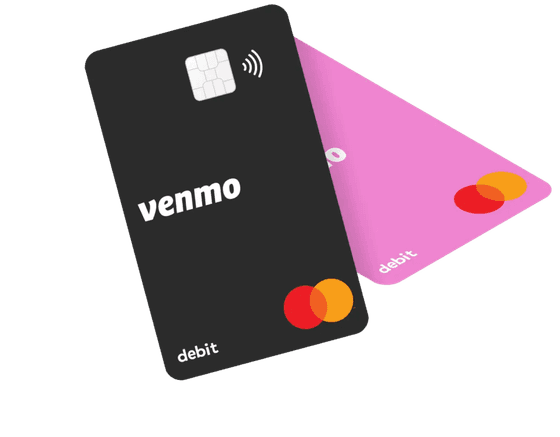
- Instant access to your balance: When you receive money in your Venmo account, the card lets you access those funds for spending immediately.
- Free card issuance: Is the Venmo Debit Card free? Yes, there’s no charge to get the card. However, you can only activate one card for your associated Venmo account.
- Simple application process: How to get a Venmo Card? Applying is easy—just follow a few quick steps in the Venmo app.
- Personalized design: You can choose from several Venmo Debit Card colors.
- Real-time balance updates: Checking your balance will be a breeze using the Venmo app on your gadget. Your Venmo app keeps you in the loop with real-time balance updates whenever you top up your account or make purchases.
- Cashback rewards: Exclusive Venmo Debit Card cashback options allow you to earn up to 5% cashback, with rewards going straight to your Venmo account. Just activate the available offers and reap financial benefits while spending.
- No monthly fees: With no monthly maintenance fee in place, this card is a cost-effective option for managing your money. You can spend your balance without added financial burden.
- ATM access: You can withdraw cash from ATMs and access your money when you need it. Use MoneyPass ATMs across the US for free.
- Integration with mobile wallets: You can effortlessly manage your finances via the Venmo app as well as add your Venmo Card to your mobile wallet to seamlessly use it with Apple Pay, Google Pay, and Samsung Pay when paying with your mobile.
- Social features: The Venmo Card supports Venmo’s social payment features, like splitting bills and tracking shared expenses.
- Mastercard Backing: You can use your Venmo Mastercard anywhere Mastercard is accepted, which gives you the flexibility to shop, dine, or make purchases just about anywhere.
- Instant card freeze: You can instantly freeze your card if it’s lost or stolen to prevent unauthorized transactions and unfreeze it later on if necessary.
- Early access to direct deposits: With this function, you can enjoy early access to your paycheck and federal tax refunds.
- Solid security: When attempting an unauthorized transaction from the account, the app requests confirmation via SMS, call, or another method of verification.
Compared to other payment aggregators, Venmo has several significant advantages.
| Venmo | Zelle | Payoneer |
|---|---|---|---|
Monthly payment | Absent | Absent | Present |
Card servicing | Free | Free | Paid |
Fees | For money transfers/withdrawals outside of internal networks | Absent, but there are weekly spending limits | Present |
Security level | High | High | High |
Customization options | Available | None | None |
Cashback | Available | None | None |
Early direct deposit access | Available | None | None |
Venmo Cards are optimal if you’re actively using the service in your daily life. Moreover, cardholders can pick up bonuses like partial refunds, discounts at partner networks, and more. However, it is essential to remember that you still need to link your primary credit card to top up your Venmo account and work around a range of technical limitations. This calls for careful management of your financial resources and a solid grasp of Venmo’s policies to get the most out of the benefits. It’s all about making sure the card’s perks line up with how you handle your money.
Weaknesses of the Venmo Debit Card
Compelling benefits aside, the Venmo debit card features certain limitations that might affect how the card fits into your financial life, depending on how you manage your spending habits, how much you rely on Venmo, and your personal preferences.
- Limitation to Venmo balance: A relatively small, often fluctuating Venmo Card balance may limit how much you can spend.
- Domestic use only: The card is limited to use only within the U.S. and isn’t supported by foreign stores or marketplaces.
- Cash withdrawal fees: While MoneyPass ATMs are free, out-of-the-network ATM withdrawals and over-the-counter withdrawals come with fees of $2.5 and $3.00, respectively.
- Limited customer support: As a digital-first company, Venmo is primarily app-based. Unlike traditional banks that offer in-person support at branches or more robust phone support, Venmo’s customer service can feel slower or less responsive in critical situations.
- Lack of advanced financial tools: While Venmo allows you to track your spending and provides transaction history, it doesn’t offer more sophisticated tools such as budgeting features, savings goals, and expense tracking.
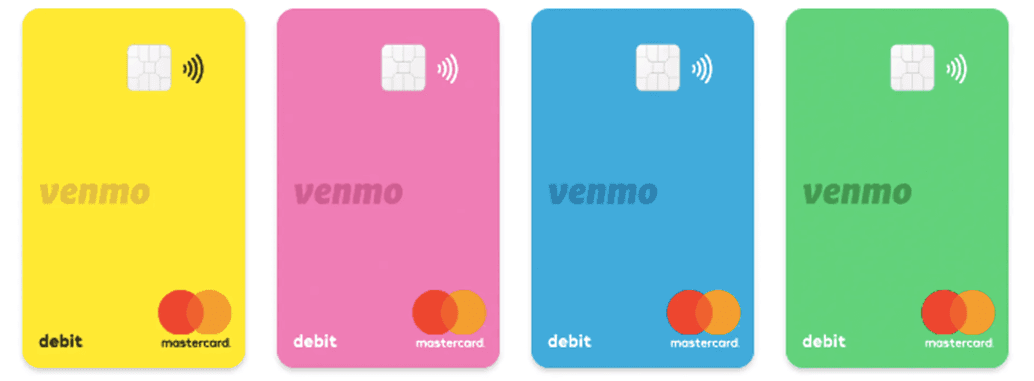
When we compare Venmo with other providers, we come across an additional list of disadvantages.
| Venmo | PayPal | Braintree |
|---|---|---|---|
Integration | Supported by stores, ATMs, and mobile payment systems | Online payment for goods or services | Integration with Apple Pay and Google Pay |
Available | Only in the USA | Almost worldwide | About 20 EU countries and the USA |
Fees | For money transfers and cash withdrawals | Minimal | Fixed percentage of transaction |
Servicing | Free | Free for users, paid for businesses | Free |
Protection | Present, but rather simple | Maximum possible | Comprehensive security package |
All these options come with significant drawbacks, but each payment aggregator shines in certain circumstances. Should you go for one over another? Maybe, but only if you stick to transactions within a single network, which isn’t very likely.
Final Thoughts
Let’s not forget that the US is packed with payment systems and mobile banking options. Each one is trying to stand out, dangling perks like bonuses, partner deals, and slashed fees to keep users coming back.
Venmo, being part of the PayPal family (which does give it a bit of a trust boost), isn’t the only option out there. Sure, it’s got its advantages, but its uses are limited. Think about the lack of international transactions or those pesky fees when you hit up an ATM that’s not in their network. These are just things to keep in mind when you’re navigating the digital wallet world.
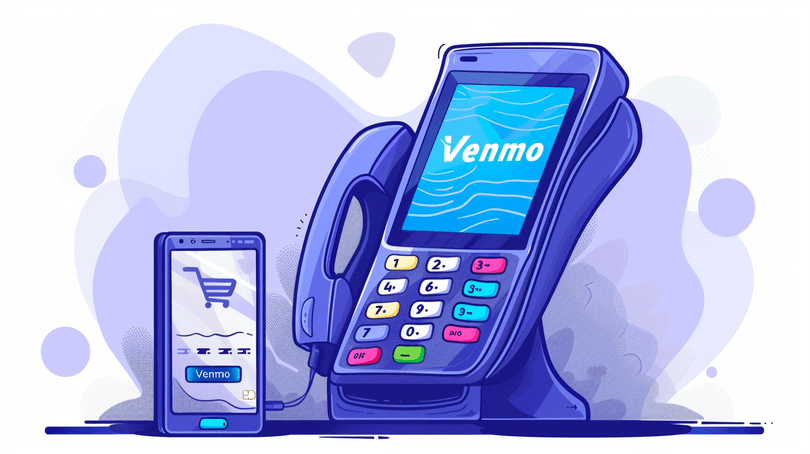
Should you go with Venmo? It depends on whether you can take advantage of the network and whether your friends and family are already using these cards. In other cases, you might want to look into alternatives, of which there are plenty on the market.
Do you have further questions about Venmo or want to dive deeper into how it works? Feel free to check out our additional resources on the subject:
- What is a Venmo Account and How Does it Work?: a Step-by-Step Guide.
- Venmo Review: Pros and Cons of Choosing this Payment App.
- Venmo Transfer Fees: A Complete Overview.
And, in any case, we believe this Venmo Debit Card review helps you out!

